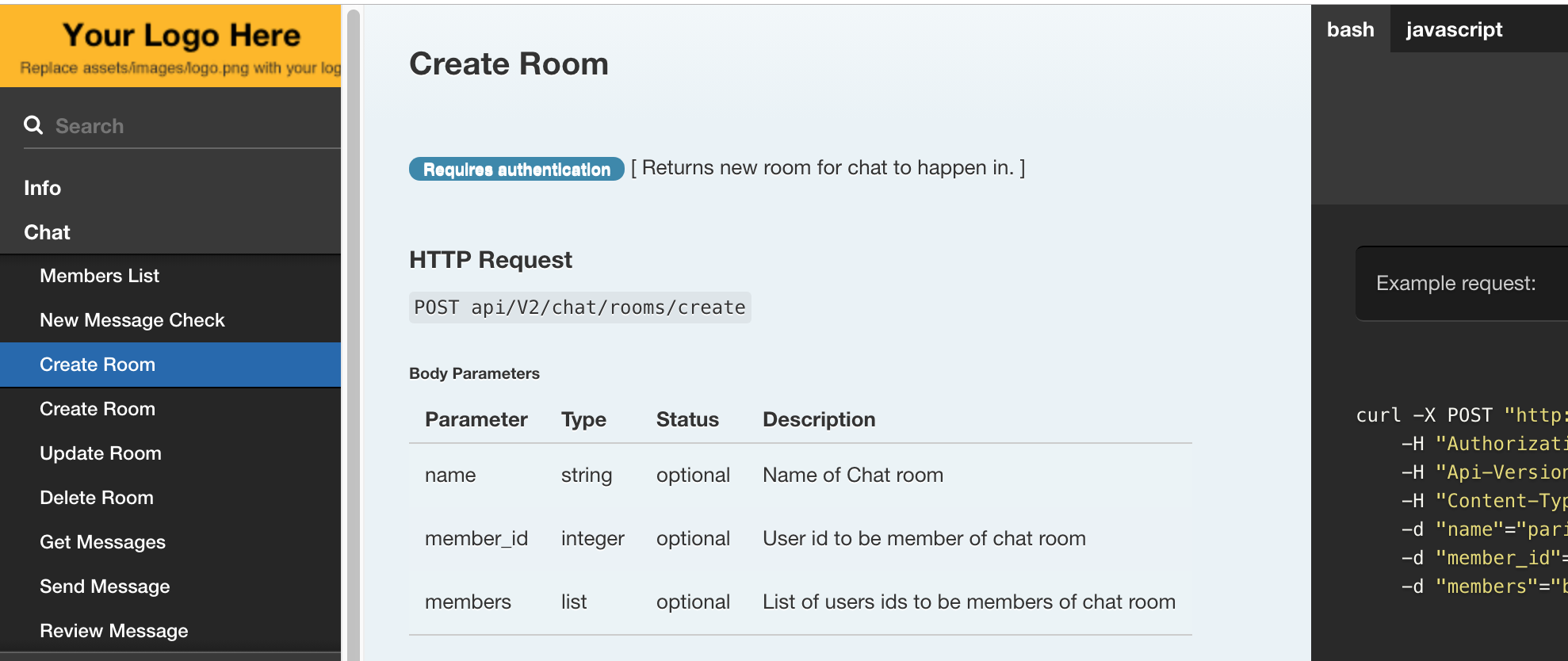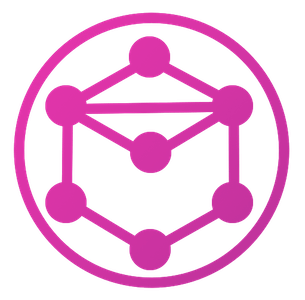
- #Dbschema to swagger how to
- #Dbschema to swagger code
An good introduction to the concept of polymorphism. It is asked to model donations where the donor can either be an individual or a corporation, each requiring different fields.
Kansas City Fountains: this model is drawn from an exercise in Steve Hoberman's class on 'Advanced modeling for NoSQL'. request.AddParameter('undefined', My JSON Data, ParameterType. GeoJSON: a Hackolade model with the different geometry structures of GeoJSON to be used as an external reference definition. Adding a parameter as body changes the content type of the request. GeoSpatial: introduction to MongoDB Geospatial feature derived from this blog post. The article describes the steps required to build an RSS Aggregator application, similar to Google Reader. #Dbschema to swagger how to
Buzzfeed: model derived from the very good article, a blog series on how to use MongoDB, Mongoose Object Data Mapping (ODM) with Express.js and Node.js. Yelp Challenge Dataset: schema inferred from the reverse-engineering of a Yelp Challenge dataset. I'd like to do this through an http request from a different machine from the one hosting Swagger. Hackolade data models available for download: I'm trying to fetch a model schema for an item in Swagger. Article: Building MongoDB schemas with patterns. Article: MongoDB Data Modeling Introduction. Book: Steve Hoberman: Data Modeling for MongoDB. Book: Christian Amor Kvalheim: The Little Mongo DB Schema Design Book. Book: Rick Copeland: MongoDB Applied Design Patterns: Practical Use Cases with the Leading NoSQL Database. book It is the BookAppService name (and to turn into camelCase addition AppService suffix) after conversion.Here are some useful resources to be reviewed along with using Hackolade for MongoDB schema design:. acme.bookStore Is the BookAppService namespace, converted hump named. To create a project called Book classes, as follows: using System In the solution domain layer ( defined Project) entity main application is the entity. swagger: 2.0 info: description: Enterprise service for normalizing vulnerability data from external sources and making it available via API version. I think some MOMs have a way of generating a Swagger definition, but not sure regarding the one you use. I assume those are not described using a JSON Schema as well, and you'd have to describe those manually. Swagger is not just about the models but the operations themselves.  It contains constants that can be shared with customers, enumeration, or other domain related objects. Beyond that, you'd still need to document your end points. Include your entity, field service and other core domain objects.
It contains constants that can be shared with customers, enumeration, or other domain related objects. Beyond that, you'd still need to document your end points. Include your entity, field service and other core domain objects. 
Create a Book entityĭomain layer starting template is divided into two items: However, you will learn the basics of this tutorial. You can view the application template document to learn more about the solution structure. The following picture shows a project from start to create a template of how hierarchical. Create a projectĬreate a file called Acme.BookStore new project, create a database and follow the Getting Started documentation to run the application. You can also watch this tutorial by community members ABP recorded video lessons.
#Dbschema to swagger code
You can from GitHub repository to access the application code source.
Part I: Creating a project and a book list page (this chapter). This is the first chapter of this tutorial, all sections, here are all the chapters: 
The Entity Framework Core (Core EF) will be used as ORM provider, because it is the default database provider. In this tutorial series, you will build an application to manage a list of books and their authors.







 0 kommentar(er)
0 kommentar(er)
